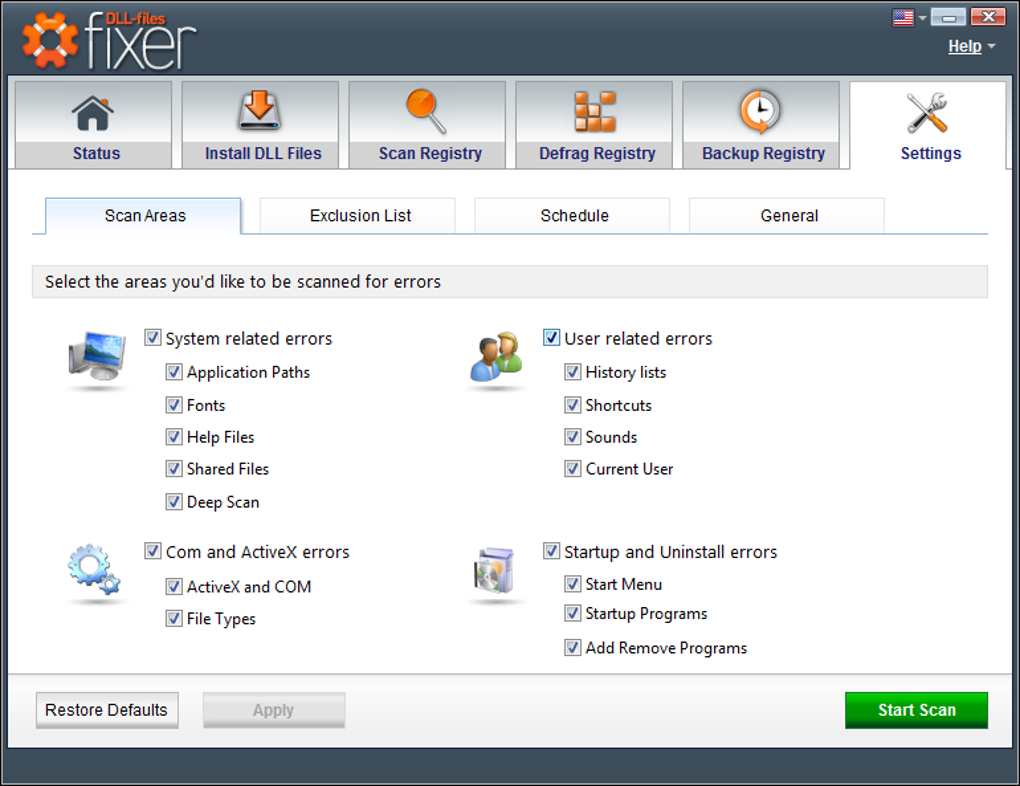


This command will initiate the System File Checker scan and prompt it to scan for and repair any corrupted system files. Once the command prompt is open, you can type in the following command: To use the System File Checker tool, you will need to open the command prompt as an administrator. This tool can be used to scan for and replace corrupted system files, including DLL files. Using the System File Checker ToolĪnother way to register a DLL file in Windows 10 is to use the System File Checker tool. Once the command has been entered, you will be given a message indicating whether or not the DLL file has been successfully registered.

In this command, you need to replace ‘path’ with the location of the DLL file you wish to register and ‘filename’ with the name of the DLL file. Once the command prompt is open, you can register a DLL file by typing in the following command: This can be done by pressing the Windows key + X and then selecting ‘Command Prompt (Admin)’ from the menu. To do this, you will need to open the command prompt as an administrator. The quickest and most effective way to register a DLL file in Windows 10 is to use the command prompt. Using the Command Prompt to Register DLL Files There are several ways to register a DLL file in Windows 10, which we will be discussing in the following sections. This process is known as registering a DLL file and is relatively easy to do. In order to ensure that your system can access the necessary DLLs, you must ensure that they are registered with Windows 10. When a DLL file is missing or corrupted, Windows 10 will not be able to access the instructions it needs, and the applications that rely on the DLL file will not be able to launch. DLL files can also be used for system and application startup, as well as for memory management. They are used to store functions and data that can be accessed by multiple programs. If the DLL file is successfully registered, you will receive a message “DllRegisterServer in xxx.dll succeeded.”ĭLL stands for ‘Dynamic Link Library’ and are a type of file that contain a set of instructions used by Windows to perform a specific task.Type regsvr32 “path & filename of dll file”.Open the Command Prompt as an administrator.If the DLL file is successfully registered, you should see the message “DllRegisterServer in xxx.dll succeeded.” If you receive an error message, you should check the path and filename for any errors or typos. Then type regsvr32 “path & filename of dll file” and press enter. To register a DLL file in Windows 10, first open the command prompt as an administrator.


 0 kommentar(er)
0 kommentar(er)
